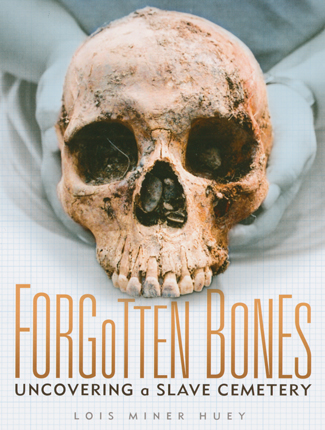Full Text Reviews: School Library Journal - 08/01/2015 Gr 5–7—Readers' interest in this volume will be piqued from the stunning cover image of a 200-year-old skull. The book explains how archaeologists in Albany, NY, excavated a slave cemetery and analyzed artifacts using DNA evidence, soil testing, and historical puzzle-solving. Though the science and technology are sophisticated, the descriptions are written in plain, accessible language. The organization is easy to follow. Photographs, illustrations, and diagrams on every page bring the subject to life by clarifying visually how artifacts are examined. The author adopts an objective tone, though she doesn't avoid discussing the realities of slavery, emphasizing in the last two chapters evidence of the physical abuse, malnutrition, and disease that resulted from the brutal conditions. Readers may be surprised to discover that there was slavery in the North in the 18th century, and they will appreciate seeing how much archaeologists can learn from seemingly small details. VERDICT A solid choice for libraries that serve middle school students, this title will appeal to some would-be archaeologists and is a great addition to classrooms as well.—Amy Thurow, New Glarus School District, WI - Copyright 2015 Publishers Weekly, Library Journal and/or School Library Journal used with permission. Booklist - 09/15/2015 In this concise volume, Huey offers a fascinating glimpse into how archaeologists piece together the past. During a construction project in New York, workers unearthed a human skull, which led to the discovery of an eighteenth-century burial site, eventually determined to be a slave cemetery. Huey follows the scientists’ process as they investigate the identities of the remains and the circumstances that led individuals to be buried in unmarked graves. A professional archaeologist herself, Huey explains many of the methods used by the team, such as excavation, laboratory analysis, and facial reconstruction. From the initial discovery of the bones to the wider clues found in artifacts, DNA, and primary sources, the scientists determine the religious beliefs, living conditions, and causes of death for the men and women in the cemetery. Together with chronicles of two other noted northern slave cemeteries and full-color photos of the excavation in process, this account provides a vivid description of both the eighteenth-century slave experience and the field of archaeology. - Copyright 2015 Booklist. Loading...
|




